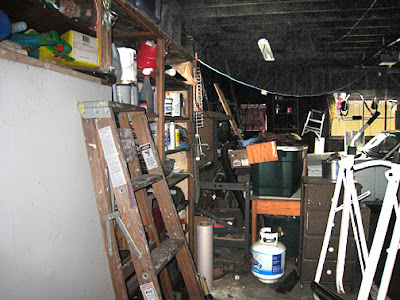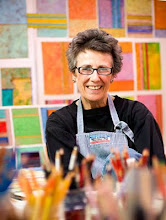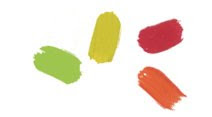Moving hearth and workspace gives rise to a sea of stress that would drown me if I didn’t have a reliable life raft. Last week I griped about how I allowed my life to get crowded. This week I will pat myself on the back for taking naps.
I married into a family that played solitaire, spent long hours talking at the table over wine or coffee and got to work at ten o’clock in the morning at the earliest. My assessment of this behavior, oft voiced to my Spanish husband, was that my country’s work ethics got us to the moon. He seemed to prefer to live in the glory of Spain’s past and enjoy all the leisure he could get away with. I learned to nap from this family I married into, in addition to a number of other customs that have enriched my life, but napping is far and away the one I most value. Friends and family know that I don’t answer the phone between from about one to three (lunch and a bit of reading get factored in there) and I know that anyone who calls at that time is no friend of mine.
The effort I have been making to tie up the loose ends of my marketing projects and to walk away from those that have been my reason to live in my studio, and to dealing with the learning that goes into a house purchase and renovation — believe me, honoring my nap time, my splendid, blesséd indulgence, has enabled me to pick up and return to the fray every morning. Well, almost every. There has been a day here and there (this is the closest thing you will get to a confession from me), that I have gotten up at six (usual), sucked up a big cup of coffee, read the local paper, (all usual) and then, very quietly, I slip back into my bedroom and curl into my easy chair with my pillows and take a morning snooze. After coffee? Yup, napping is something I do exceedingly well. I can find that place in myself that connects me to sweet oblivion. The day I reach my one hundred and tenth birthday and am interviewed for my advice about how to keep going at such a pace for so long and so well, you will know the answer. Slumber. Often. More is better.
Bob Hope: I don't feel old. I don't feel anything till noon. That's when it's time for my nap.
Bob Hope: I don't feel old. I don't feel anything till noon. That's when it's time for my nap.
Remember that to ease the transition, all work from 2007 and earlier that I am not currently marketing is on sale at a 50% reduction in price. The image above, Small Town, is included in this group. It is acrylic on paper mounted on canvas, ©1993, framed and hanging in my studio. Email me for images and prices or call for information or a studio appointment.

















